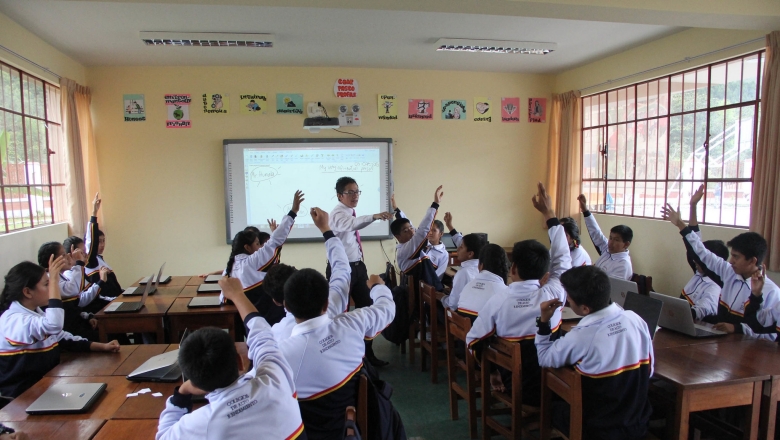Challenge
In 2012, Peru had mass tertiary education coverage in line with regional standards with a higher education enrollment rate of around 36 percent. Still, Peru’s higher education system suffered from issues that impeded development of the human capital the nation required to sustain a growing economy: (i) higher education policy making was hindered by weak governance; (ii) universities and the higher education system as a whole were characterized by insufficient funds and limited accountability; (iii) higher education institutions were not accountable for their funding; (iv) the system was characterized by low levels and large variance in quality, including outdated programs, weak institutional capacity, insufficient teaching equipment and laboratories, and low qualifications for professors; (vi) lack of an information system prevented interested parties from differentiating between programs; and (vi) Peru had not established a higher education quality assurance system that could raise minimum standards and foster quality improvements.
Approach
The Higher Education Quality Improvement Project supported the government’s National Education Project 2021, which adopted a strategy to increase the quality and relevance of tertiary education by creating a higher education quality assurance system (HEQAS) providing an assurance framework across basic and higher education levels. The HEQAS had three goals: (i) to classify institutions and programs into two categories: met minimum standards (accredited) or low quality (not accredited); (ii) to make the classification determinations available to the general public; and (iii) to promote quality improvements in individual higher education institutions and throughout the system. The design of the Bank project considered lessons from experience with similar Bank-financed operations in Latin America, specifically: (i) designing capacity building and strengthening for evaluation, accreditation, and certification; (ii) establishing comprehensive academic information systems; and (iii) determining the relevance of institutional incentive fund designs to maximize their effectiveness in diversified systems of higher education.

